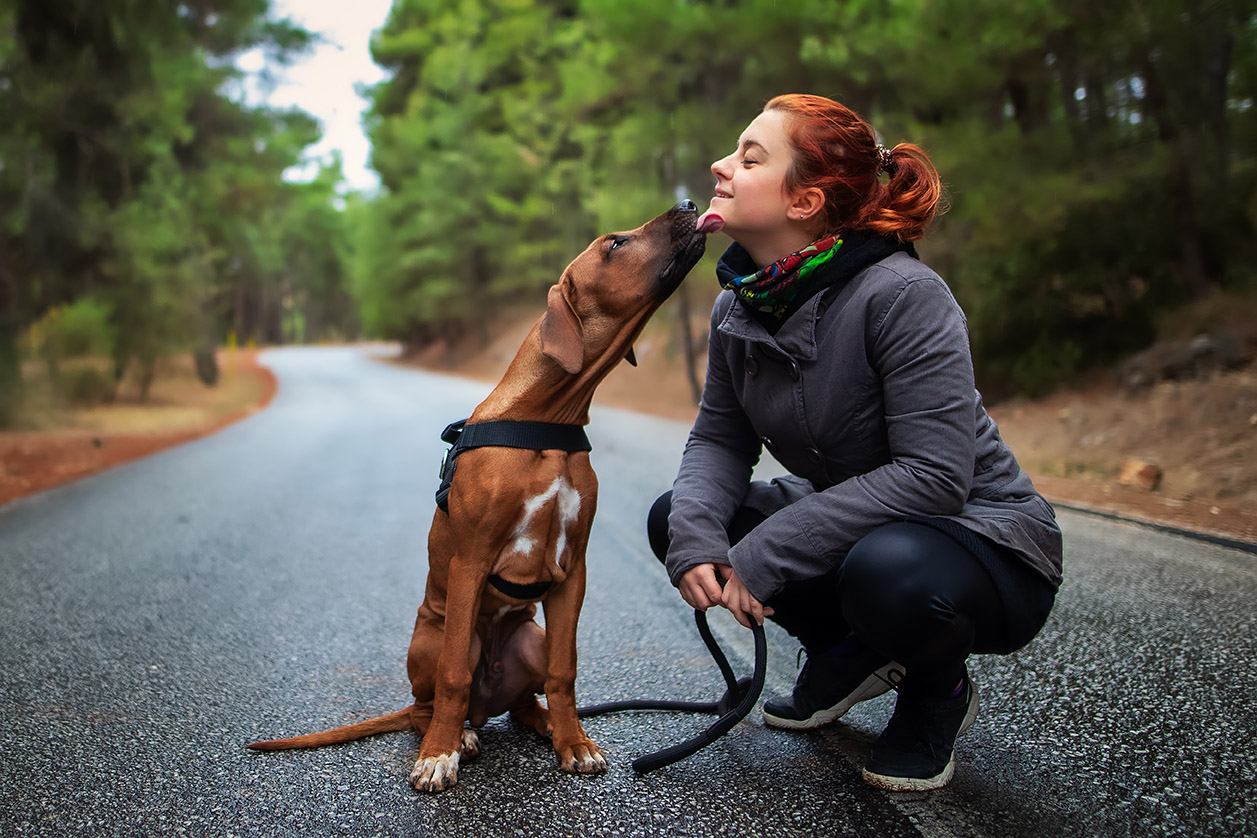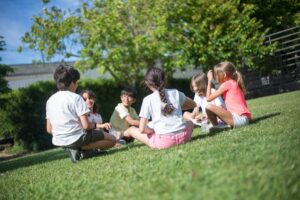Foreword by Dr Michelle Garnett
This is the third part of a five-part series on friendship in autism during the teen years, a new and original series of articles written by Prof Tony Attwood. In the first part of the series Tony described the differences between neurotypical and autistic friendship. In the second article, characteristics of female autistic friendships were discussed. In this article, certain successful friendship styles in autism are described. Strategies are presented in our last two articles, firstly strategies for parents and then resources and programmes for teachers and therapists. We hope you find the series enlightening, and helpful for understanding and assisting the autistic adolescents you know and love to find and maintain friends.
Whilst building and maintaining friendships can be challenging for autistic adolescents, there are strategies and programmes that can be used by parents, teachers, and therapists to improve friendship experiences, abilities, and confidence. Certain types of friendships are often immensely successful for autistic individuals. Four types of friendships that tend to be very successful in autism are presented here.
An autistic friend
Friendship is often based on two people sharing the same interests, beliefs, and values. We have observed that sometimes the most enjoyable and long-lasting friendships for an autistic adolescent is with another autistic adolescent. They have found each other. This may have been by chance, both being conspicuously on the periphery of friendship groups or by design or circumstances.
A high-school teacher may consider arranging a group of students for lunchtime or after school activities such as a robotics or computer programming group, or mutual interests such as science-fiction films, anime, and manga, or to undertake a project set by a science or mathematics teacher. Friendships may develop that can be relatively safe from criticism and based on shared interests. Another source of friendship can be two autistic students who are talented in art and drawing together and sharing artistic techniques. Friendships could also be formed through playing music and singing together.
Friendships with autistic adolescents may be achieved out of school hours by attending Comic Book, Cosplay, and fan conventions, meeting likeminded peers We have run many autistic adolescent groups on themes such as emotion regulation, building resilience to bullying, being the authentic self and the dating game. We have found that many participants developed friendships during and beyond the group sessions.
Animals as friends
Animals provide unconditional acceptance. The family or personal dog is always delighted to see you, despite the day’s disappointments and exhaustion. The horse seems to understand you and wants to be your companion. The cat jumps on your lap, and purrs with delight in your company. Pets, and animals in general, can be effective and successful substitutes for human friends, and a menagerie becomes a substitute ‘family’. Animals identify with, and feel relaxed in the company of, a non-predator (the autistic adolescent), and pets can be a source of comfort and reassurance. A special interest in and natural understanding of animals can become the basis of a successful career. We have also found that autistic adolescents are sometimes more able to perceive and have compassion for the perspective of animals than humans, with a greater sense of trust and mutual understanding.
Internet friends
An autistic adolescent may have achieved an advanced level of expertise on multi-player games and is genuinely admired by fellow gamers who actively seek the autistic adolescent as a member of their team. They are accepted and valued because of their knowledge rather than their social persona and appearance. This status and appreciation can be a rare and intoxicating experience. One of the advantages of this form of entertainment and friendship is that autistic adolescents have a greater eloquence in disclosing and expressing thoughts and feelings through typing rather than face-to-face conversation. In social gatherings at school the adolescent is expected to be able to listen to and process the other person’s speech, often against a background of other conversations, to immediately reply, and simultaneously analyse non-verbal cues such as gestures, facial expression, and tone of voice. When using the computer screen, the person can concentrate on social exchange without being overwhelmed by so many sensory experiences and social signals.
The Internet provides an opportunity to meet like-minded individuals who can get to know each other using game chat lines, web pages and message boards dedicated to autism. However,
as in any social situation, the autistic adolescent may be vulnerable to others taking advantage of his or her social naivety and desire to have a friend. The autistic adolescent needs to be taught caution and not to provide personal information until they have discussed the Internet friendship with someone who can be trusted.
Older or Younger Friends
The peer group, that is, those people whose birthday is 6 months before of after the adolescent’s birthday, can be the hardest group within which to find friendships. Autistic people often find friendship with both much older and much younger people. Age does not have to be a barrier in friendship. Younger friends may be enjoyed because they are functioning at a similar social and emotional level as the autistic adolescent or have similar interests. Older friends may be enjoyed because of their knowledge about a particular topic, or their intellectual level is a good match. Friendship may be found outside of school in clubs and interest groups, or in voluntary work in childcare, animal rescue and old age care facilities.
Next week, we will be presenting Part 4 of our series on Adolescent Autistic Friendship: Strategies for Parents and Carers.




